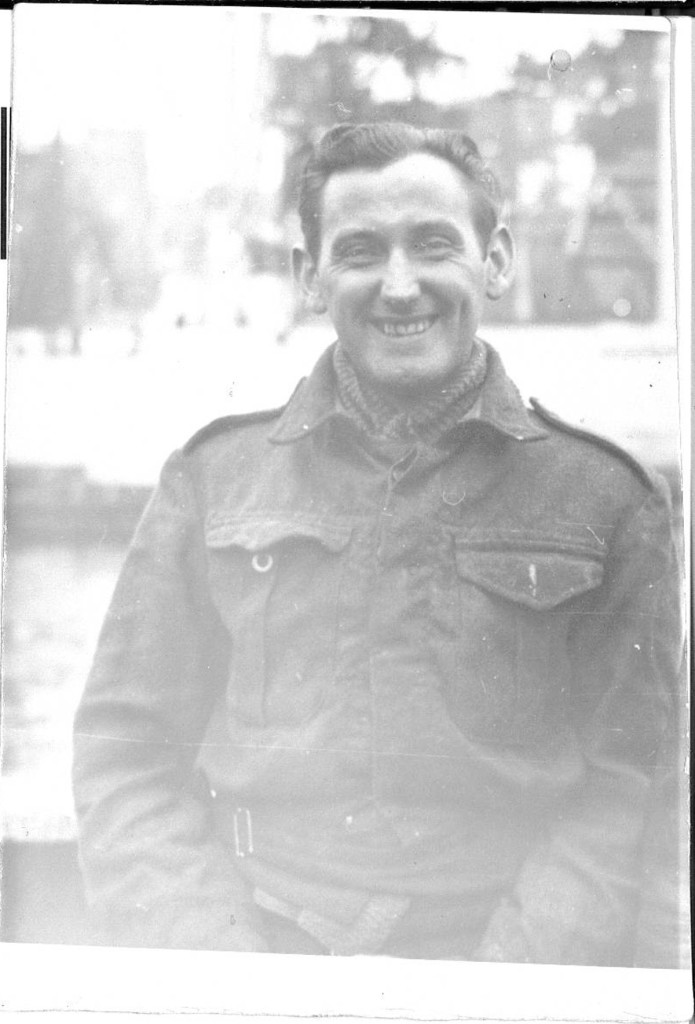 Thousands of foreigners were stranded in Shanghai during World War Two, among them a group of Swedish sailors unable to go home. This is the last of two instalments of an article on their fate. It starts off with their arrival in early 1942 in Shanghai on board a Japanese ship that has transported them from Hong Kong.
Thousands of foreigners were stranded in Shanghai during World War Two, among them a group of Swedish sailors unable to go home. This is the last of two instalments of an article on their fate. It starts off with their arrival in early 1942 in Shanghai on board a Japanese ship that has transported them from Hong Kong.
[The article, written by Johan G. Rystad, was first published in issue no. 6 (2014) of the Swedish magazine Svenska Öden & Äventyr (Swedish Fates and Adventures, see photo to the right), and is reproduced here with its kind permission. To visit the site of this great publication, click here. For the Swedish original of the complete story, click here]
At the time, Shanghai was occupied by Japan, just like Hong Kong. The city was the home of thousands of westerners who due to unfortunate circumstances had ended up in the wrong place at the wrong time. This was the huge city where Sten Nilsson arrived in the spring of 1942. He and his friends were left on quayside with no means of their own, no income and no place to stay, and were supposed to get by as best they could. It was an almost impossible task.
In addition to the difficulties making ends meet, they also experienced the harshness of Japanese rule. The slightest misdemeanor, or suspicion of misdemeanor, could have draconian consequences. A Japanese officer was killed outside one of the houses where some of the sailors had found lodgings. Suspicions were soon directed towards the residents of the house, who were given an impossible ultimatum: Either you hand over those guilty of the crime, or you all die. When this didn’t succeed – simply because the killers didn’t live in the house – the building was boarded up. The only ones allowed to leave were the Swedish sailors. When the house was opened up again after some time, no one inside was alive. Everyone had starved to death.

Sten Nilsson
Being caught stealing a bit of food meant imminent death. Every night the funeral pyres lit up the parks. This was the environment where Sten Nilsson had to try to survive. Hunger was a constant companion. So was thirst. You were lucky to get a couple of bowls of rice every day. Sometimes there was nothing. Sometimes alcohol was easier to get hold of than water. The possibilities of finding an income were minimal, but Sten found one way to make a little money for himself: Betting.
Amidst the misery of war, some wealthy Chinese still were able to live comfortable lives. For many, this involved gambling. Large amounts of money were at stake in matches of the ball game Jai Alai. Sten became a bookmaker and received a small amount of money for the trouble. The photo on top shows him (back row, extreme left), along with other foreigners assisting at the gambling sessions. It was just enough to get by in a world of hunger, deprivation, disease and constant psychological pressure. Were they going to survive or not? Would they ever see their home country again?
For three and a half years, every day was a struggle for survival. In the course of these years, another three of the crew died from malnutrition and alcohol abuse. In the summer of 1945 one of the sailors stuck in Shanghai weighed a mere 43 kilos. But everything changed in August when the United States dropped the nuclear bombs over Hiroshima and Nagasaki. A few days later, the war ended, and so did the occupation of Shanghai.
In the chaos which always follows the end of a war it was hard to find a ship back to Europe, but in November room was made on a troop transport for Sten Nilsson and the 22 other surviving crew members of the Ningbo. When they passed through the Suez Canal they received new clothes and food, as also happened when they arrived in Liverpool. They couldn’t wait to get home to Sweden, which they hadn’t seen for six years.

The crew of the Ningpo, upon return to Sweden in early 1946
The article goes on to describe the surprise that awaited the crew once they stepped onto Swedish soil. They were detained on suspicion of tax evasion during the time they had been abroad. When one of the crew members contacted his union, he was told that there was no help to be had. The reason: Failure to pay membership fees for the past several years. The farce eventually ended, and they were reunited with their loved ones.
Sten Nilsson served in the Swedish Navy and later made one more lengthy journey with the merchant marine, to South America and the Mediterranean, before settling down in Sweden. He ended up in the electronics business, married and had three daughters. He died in 1991.